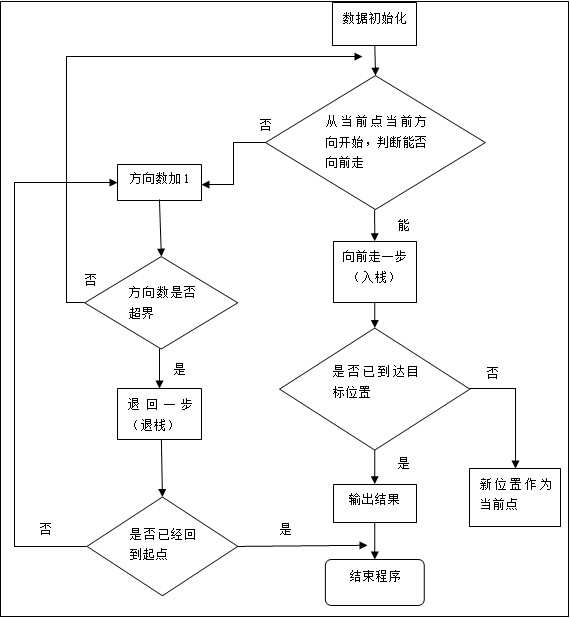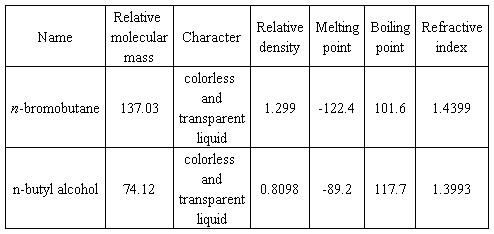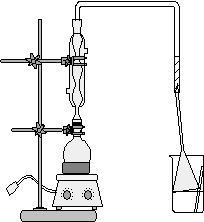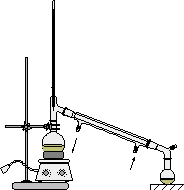Determination of heavy metals in soil by atomic absorption spectrometry(AAS)
Name: XuFei Group: The 3rd group
Date: Sep. 20th 20xx
Part 1 The introduction
1.1The purposes
(1)Learn how to operate the atomic absorption spectrometry;
(2)Learn how to do the pretreatment of soil samples;
(3)Get familiar with the application of atomic absorption spectrometry.
1.2The principles
Atomic Absorption Spectrometry (AAS) is a technique for measuring quantities of chemical elements present in environmental samples by measuring the absorbed radiation by the chemical element of interest. This is done by reading the spectra produced when the sample is excited by radiation. The atoms absorb ultraviolet or visible light and make transitions to higher energy levels .
Atomic absorption methods measure the amount of energy in the form of photons of light that are absorbed by the sample. A detector measures the wavelengths of light transmitted by the sample, and compares them to the wavelengths which originally passed through the sample. A signal processor then integrates the changes in wavelength absorbed, which appear in the readout as peaks of energy absorption at discrete wavelengths. The energy required for an electron to leave an atom is known as ionization energy and is specific to each chemical element. When an electron moves from one energy level to another within the atom, a photon is emitted with energy E. Atoms of an element emit a characteristic spectral line. Every atom has its own distinct pattern of wavelengths at which it will absorb energy, due to the unique configuration of electrons in its outer shell. This enables the qualitative analysis of a sample.
…… …… 余下全文




 carries phase information. The way we view any given object is to observe the brightness (amplitude), color (wavelength), and shape/distance (phase).
carries phase information. The way we view any given object is to observe the brightness (amplitude), color (wavelength), and shape/distance (phase). 
 ;
;




